
Neal Paul Hefti was an American jazz trumpeter, composer, and arranger. He wrote music for The Odd Couple movie and TV series and for the Batman TV series.
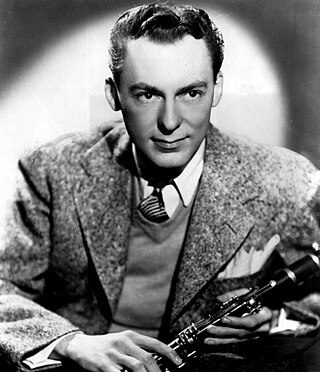
Woodrow Charles Herman was an American jazz clarinetist, saxophonist, singer, and big band leader. Leading groups called "The Herd", Herman came to prominence in the late 1930s and was active until his death in 1987. His bands often played music that was cutting edge and experimental; their recordings received numerous Grammy nominations.

The bass clarinet is a musical instrument of the clarinet family. Like the more common soprano B♭ clarinet, it is usually pitched in B♭, but it plays notes an octave below the soprano B♭ clarinet. Bass clarinets in other keys, notably C and A, also exist, but are very rare. Bass clarinets regularly perform in orchestras, wind ensembles and concert bands, and occasionally in marching bands, and play an occasional solo role in contemporary music and jazz in particular.
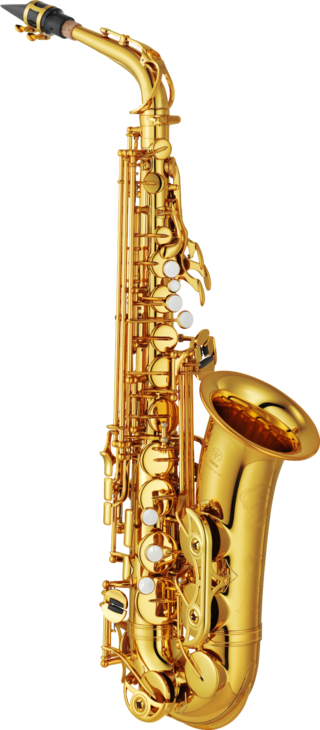
The alto saxophone is a member of the saxophone family of woodwind instruments. Saxophones were invented by Belgian instrument designer Adolphe Sax in the 1840s and patented in 1846. The alto saxophone is pitched in the key of E♭, smaller than the B♭ tenor but larger than the B♭ soprano. It is the most common saxophone and is used in popular music, concert bands, chamber music, solo repertoire, military bands, marching bands, pep bands, carnatic music, and jazz.

A clarinet concerto is a concerto for clarinet; that is, a musical composition for solo clarinet together with a large ensemble. Albert Rice has identified a work by Giuseppe Antonio Paganelli as possibly the earliest known concerto for solo clarinet; its score appears to be titled "Concerto per il Clareto" and may date from 1733. It may, however, be intended for soprano chalumeau. There are earlier concerti grossi with concertino clarinet parts including two by Johann Valentin Rathgeber, published in 1728.

The tenor saxophone is a medium-sized member of the saxophone family, a group of instruments invented by Adolphe Sax in the 1840s. The tenor and the alto are the two most commonly used saxophones. The tenor is pitched in the key of B♭ (while the alto is pitched in the key of E♭), and written as a transposing instrument in the treble clef, sounding an octave and a major second lower than the written pitch. Modern tenor saxophones which have a high F♯ key have a range from A♭2 to E5 (concert) and are therefore pitched one octave below the soprano saxophone. People who play the tenor saxophone are known as "tenor saxophonists", "tenor sax players", or "saxophonists".
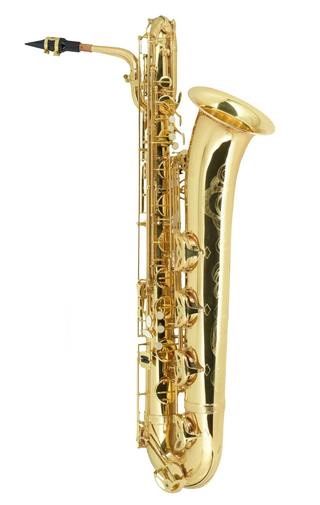
The baritone saxophone is a member of the saxophone family of instruments, larger than the tenor saxophone, but smaller than the bass. It is the lowest-pitched saxophone in common use — the bass, contrabass and subcontrabass saxophones are relatively uncommon. Like all saxophones, it is a single-reed instrument. It is commonly used in concert bands, chamber music, military bands, big bands, and jazz combos. It can also be found in other ensembles such as rock bands and marching bands. Modern baritone saxophones are pitched in E♭.
The alto clarinet is a woodwind instrument of the clarinet family. It is a transposing instrument pitched in the key of E♭, though instruments in F have been made. In size it lies between the soprano clarinet and the bass clarinet. It bears a greater resemblance to the bass clarinet in that it typically has a straight body, but a curved neck and bell made of metal. All-metal alto clarinets also exist. In appearance it strongly resembles the basset horn, but usually differs in three respects: it is pitched a whole step lower, it lacks an extended lower range, and it has a wider bore than many basset horns.

The Symphony of Psalms is a choral symphony in three movements composed by Igor Stravinsky in 1930 during his neoclassical period. The work was commissioned by Serge Koussevitzky to celebrate the 50th anniversary of the Boston Symphony Orchestra. The symphony derives its name from the use of Psalm texts in the choral parts.

Prelude, Fugue and Riffs is a "written-out" jazz-in-concert-hall composition composed by Leonard Bernstein for a jazz ensemble featuring solo clarinet.
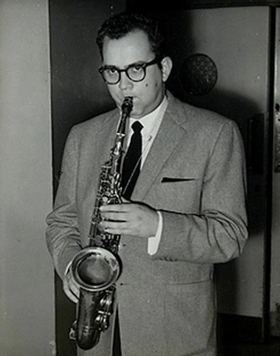
Leonard Niehaus was an American alto saxophonist, composer and arranger on the West Coast jazz scene. He played with the Stan Kenton Orchestra and served as one of Kenton's primary staff arrangers. He also played with Ray Vasquez and trombonist and Vocalist, Phil Carreon and other jazz bands on the U.S. West Coast. Niehaus had a close association as composer and arranger on motion pictures produced by Clint Eastwood.

Igor Stravinsky's Violin Concerto in D is a neoclassical violin concerto in four movements, composed in the summer of 1931 and premiered on October 23, 1931. It lasts approximately twenty minutes.
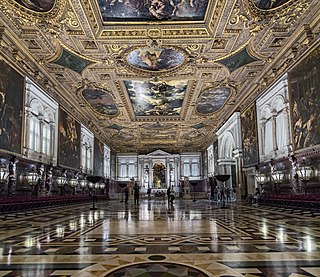
Threni: id est Lamentationes Jeremiae Prophetae, usually referred to simply as Threni, is a musical setting by Igor Stravinsky of verses from the Book of Lamentations in the Latin of the Vulgate, for solo singers, chorus and orchestra. It is Stravinsky's first and longest completely dodecaphonic work, but is not often performed. It has been called "austere" but also a "culminating point" in his career, "important both spiritually and stylistically" and "the most ambitious and structurally the most complex" of all his religious compositions, and even "among Stravinsky's greatest works".

The Octet for wind instruments is a chamber music composition by Igor Stravinsky, completed in 1923.

City of Glass, an album originally issued as a 10" LP by Stan Kenton, consists entirely of the music of Bob Graettinger. The original album has been reconstituted in different LP re-issues, and the entire set of Kenton/Graettinger Capitol Records sessions is on the digital CD City of Glass.

The Concerto for Two Pianos is a composition by Russian composer Igor Stravinsky. It was finished on November 9, 1935 and, together with his Sonata for Two Pianos, is considered nowadays as one of his major compositions for piano during his neoclassical period. It was also Stravinsky's first work after becoming a French citizen.
Scherzo fantastique, op. 3, composed in 1908, is the second purely orchestral work by Igor Stravinsky. Despite the composer's later description of the work as "a piece of 'pure', symphonic music", the work was inspired by Maurice Maeterlinck's 1901 essay "La Vie des Abeilles", as is made clear in a letter of 18 June 1907 from the composer to his teacher Rimsky-Korsakov. Ten years later, Léo Staats adapted it as a ballet for the Opéra Garnier, with the title Les Abeilles, which was objected to by Maeterlinck.
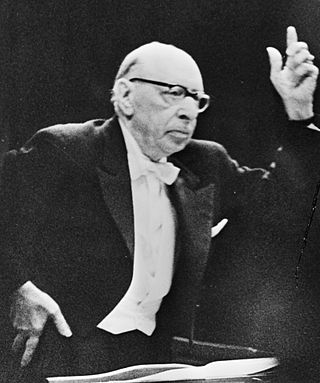
Movements is a 1959 five-movement work for piano and orchestra by Igor Stravinsky lasting about ten minutes. It was written during his serial period and shows his dedication to that idiom as well as the influence of Anton Webern.

Kenton's West Side Story is an album by the Stan Kenton Orchestra recorded in 1961 and released by Capitol Records. It won the Grammy Award in 1962 for Best Jazz Performance – Large Group (Instrumental). The album was recorded in 1961 and released quickly to take advantage of the movie premiere of the musical West Side Story. Kenton won his first Grammy Award and he won again the next year in the same category with Adventures in Jazz. Kenton's West Side Story peaked at No. 16 on the Billboard magazine album chart.
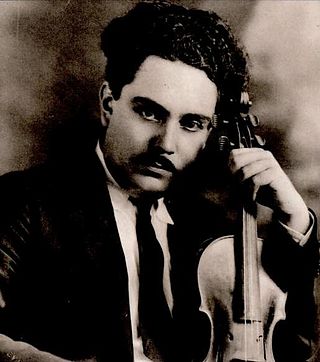
Planos (Planes) is a chamber-music composition by the Mexican composer Silvestre Revueltas, also slightly enlarged and scored for full orchestra and published under its alternate title, Danza geométrica. Both versions were composed in 1934, and the scores are both dedicated to the architect Ricardo Ortega.


















